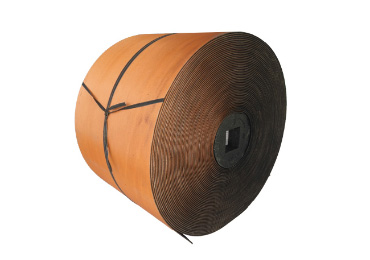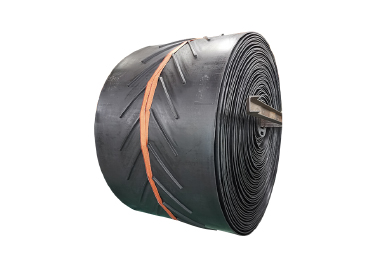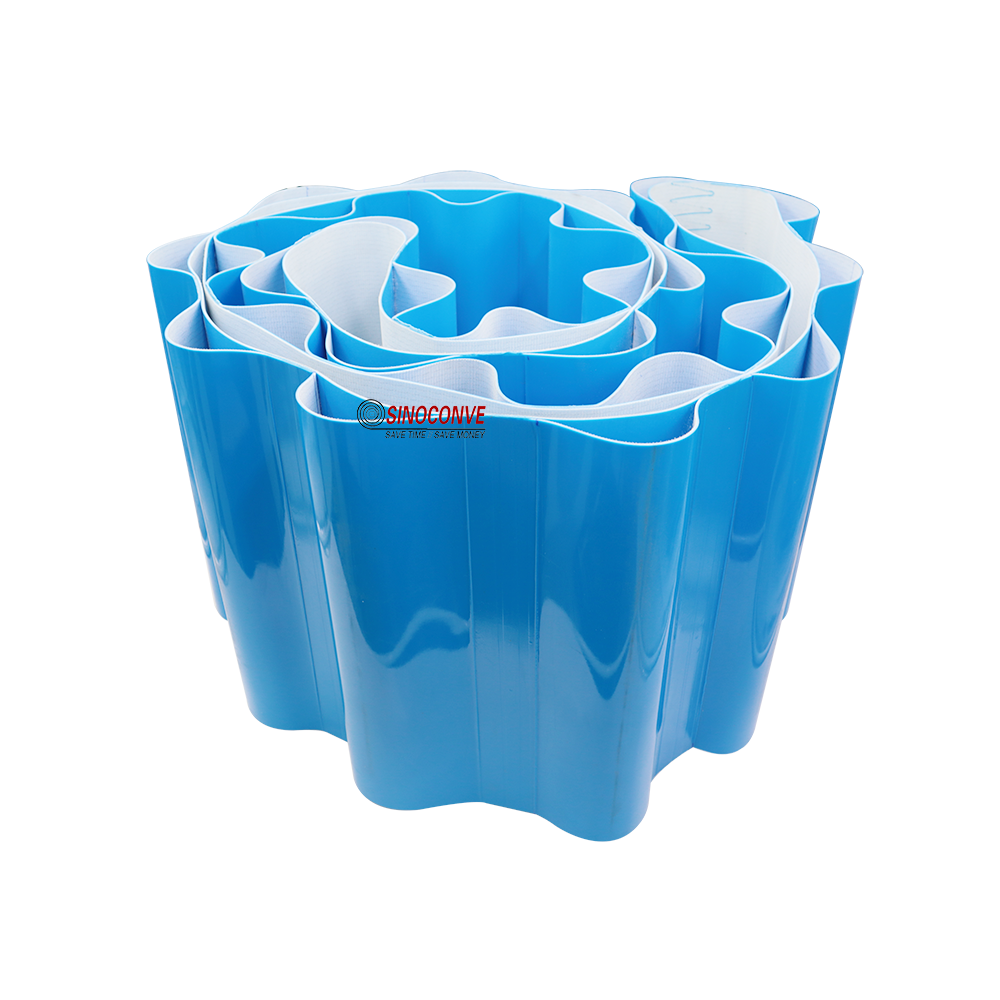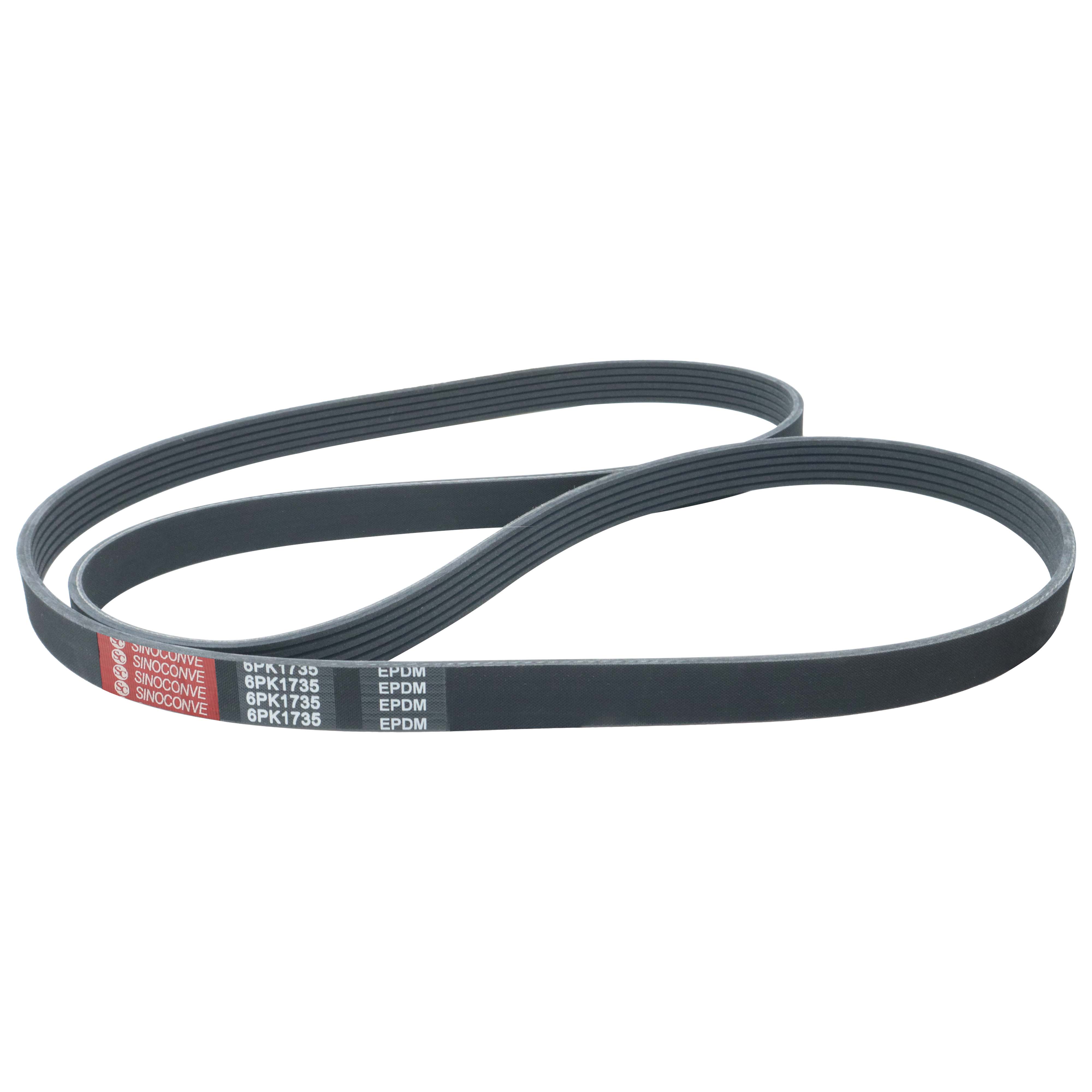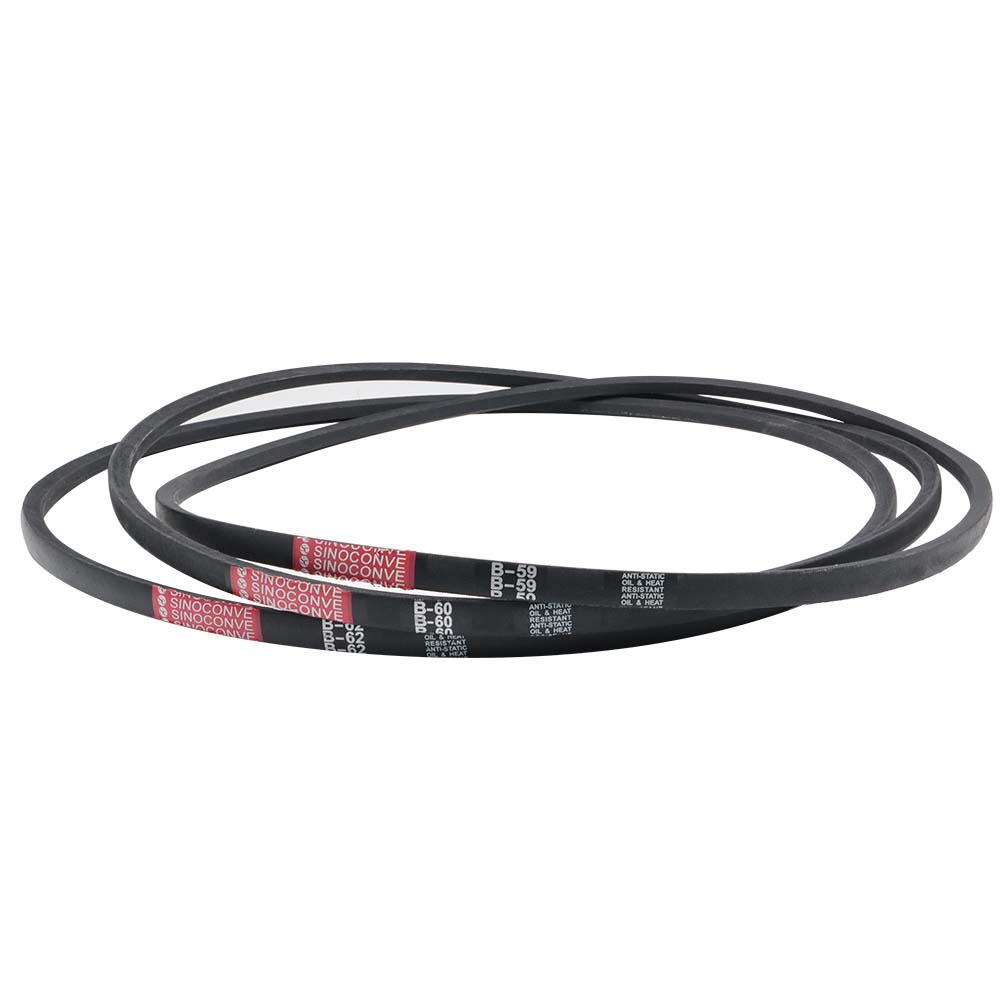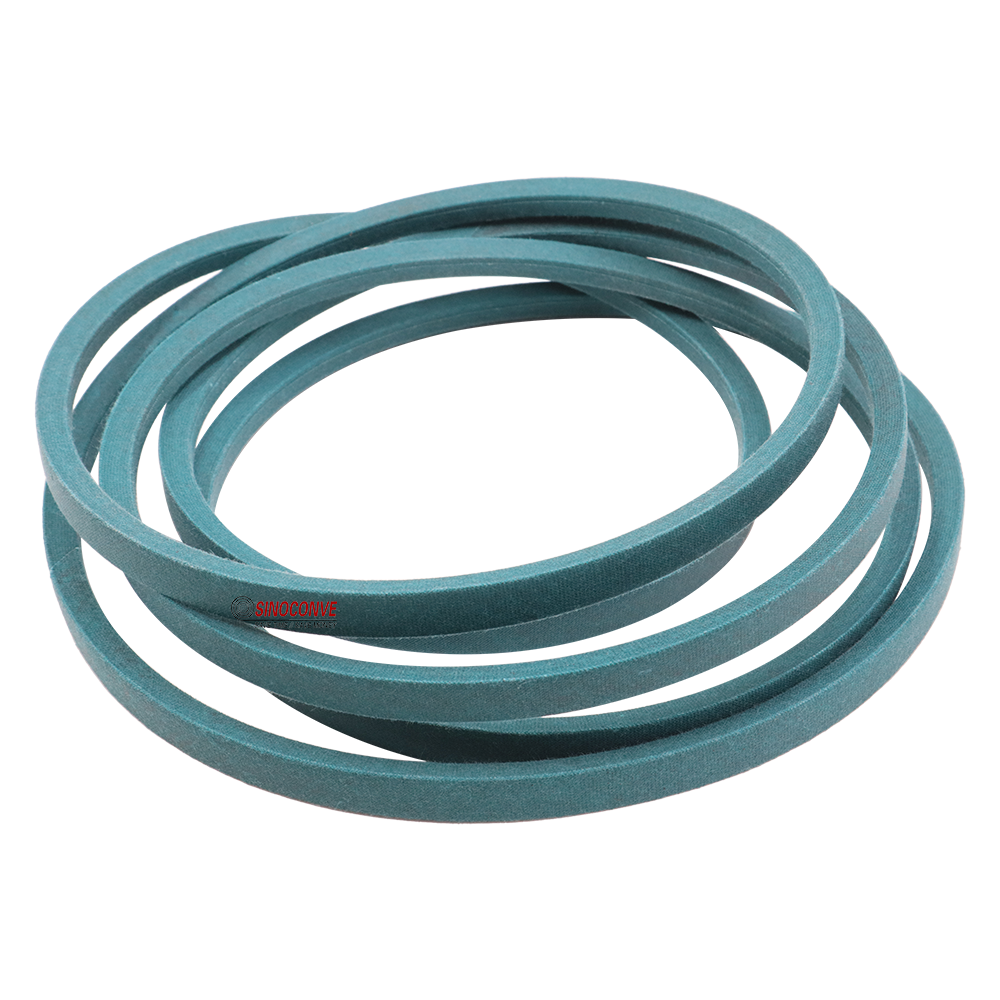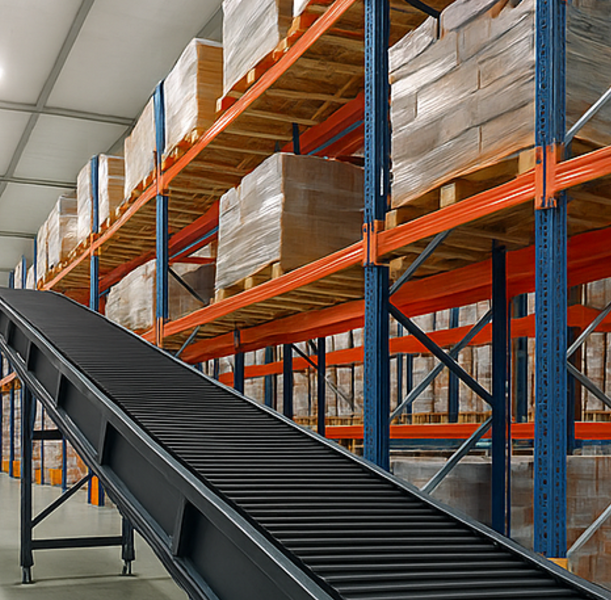
Cold Resistant Conveyor Belts: Engineered to Perform in Freezing Conditions
Why Low Temperature Resistance Matters
Standard rubber conveyor belts become brittle, stiff, and prone to cracking when exposed to temperatures below 0°C. In operations where materials must be transported in freezing or sub-zero climates, using conventional belts can result in:
-
Sudden belt breakage
-
Pulley slippage due to stiffness
-
Delamination from thermal shock
-
Material loss due to reduced grip
A cold resistant conveyor belt is engineered to retain elasticity, flexibility, and tensile strength at temperatures as low as -40°C or below, ensuring safe and uninterrupted operation in winter or arctic environments.
Key Features of Cold-Resistant Belts
-
Low-Temperature Flexibility
Special synthetic rubber compounds prevent hardening and cracking in -20°C to -60°C environments. -
High Cold-Impact Resistance
Belt can absorb impact from frozen lumps, icy loads, or heavy materials without surface failure. -
Anti-Thermal Shock Design
Resistant to repeated cold–warm transitions, common in outdoor operations or defrost zones. -
Available in Fabric or Steel Cord Construction
EP/Nylon carcass for light-to-medium loads; steel cord for long-distance or heavy-duty outdoor systems. -
Optional Cold + Oil or Cold + Flame Combinations
For winter-use applications involving lubricants or flammable vapors.
Common Applications for Cold-Resistant Belts
Cold-resistant conveyor belts are essential in industries where outdoor operations or refrigerated material handling are involved. Common use cases include:
Open-Pit Mining & Aggregate Sites
-
Arctic, tundra, or mountain-based mining operations
-
Frozen ore, coal, limestone, and mineral transport
-
Exposed belts in -30°C to -50°C working environments
Bulk Cargo Handling at Ports
-
Frozen grain or coal loading/unloading at northern docks
-
Marine environments with wind chill and icy conditions
Cold Storage & Refrigerated Warehousing
-
Conveyorized movement inside -18°C to -30°C cold rooms
-
Frozen food packaging and material sorting systems
Construction Sites in Winter Zones
-
Aggregate handling, tunnel excavation, road material conveying in freezing weather
-
Temporary conveyors at -20°C to -40°C ambient
Forestry and Biomass Handling
-
Frozen wood chips, bark, sawdust, and pellets in logging or biomass production
-
Outdoor belts that must remain soft and durable despite cold airflow
Material Grades and Temperature Ratings
Sinoconve offers cold-resistant rubber compounds suitable for:
| Grade | Temp Resistance | Application |
|---|---|---|
| C1 | Down to -20°C | Cold warehouse, light frost exposure |
| C2 | Down to -40°C | Outdoor conveyors, open-pit mining |
| C3 | Below -50°C | Arctic regions, permafrost zones, deep cold storage |
Rubber types include SBR, NR + butadiene blends, and chloroprene with cold plasticizers to enhance elasticity.
How to Choose the Right Cold-Resistant Belt
When selecting a cold-resistant belt, assess the following:
| Factor | What to Consider |
|---|---|
| Lowest Ambient Temperature | Confirm average and absolute minimum for winter use |
| Material Type | Wet coal, frozen biomass, sharp ore, or packaged frozen goods? Material affects cover choice |
| Load Weight | Choose EP carcass for flexible lines; steel cord for heavy-duty long runs |
| Troughing Behavior | Ensure belt flexibility in troughs at low temperature—cold belts must not flatten or crack |
| Abrasion Requirements | Some cold belts must also handle frozen, abrasive materials—dual resistance is needed |
| Fire/Oil Combo | Ask for multi-resistant compounds if working in cold + oil/fuel or flame-prone zones |
Why Choose Sinoconve’s Cold Resistant Belts?
Sinoconve cold-resistant belts are trusted in mining sites, ports, and logistics centers across Russia, Canada, Northern Europe, and Central Asia.
We offer:
-
C1/C2/C3 grade cold-resistance with abrasion resistance
-
Fabric (EP/NN) and steel cord models
-
Vulcanized cleats and sidewalls for incline applications
-
ISO, SGS, and REACH-compliant rubber compounds
-
OEM/ODM support with fast production and global delivery
Keep Moving in the Cold—Without Compromise
Don’t let your operation freeze. Choose a cold resistant conveyor belt designed to survive winter, work in snow, and stay flexible when others fail.
If you are looking for this type of conveyor belt or want to learn more, please visit our product page or contact us directly. We will get back to you within 24 hours.

